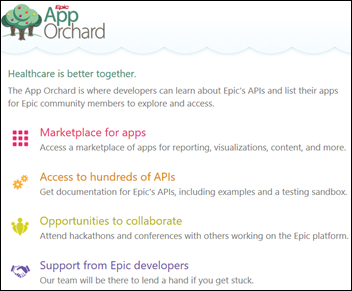
From Hooligan: “Re: hot Epic news. They just quietly brought their App Orchard live. It was announced years ago, but it really only applied to customers that wanted to build their own app. This is Epic’s latest thinking on allowing third parties.”
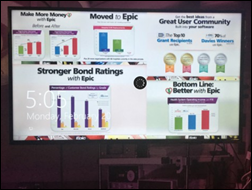
From Skippy Snodgrass: “Re: Epic. They’ve upped their claims about clients making more money and seem to have found a way to involve either Allscripts or Cerner in almost every piece of booth décor. It’s one thing to have some fun in your booth, but I was surprised to see that messaging show up in the Interoperability Showcase… After a great presentation on the VA’s joint viewer project, I visited a demo that featured Epic, Cerner, and Siemens Healthineers. The Epic presenter’s monitor was set to a slide show that replayed the same competitive messaging from their booth on a loop. Maybe I’m naive, but it seemed to be in poor taste given the showcase is built for vendors to demonstrate their collaboration and commitment to bettering our industry. For their end of it, the Cerner and Siemens reps were unarmed – no fancy screensavers – you only saw a HIE diagram and a patient portal UI.”

From Flinty White: “Re: HIMSS. Spotted today at 2:30 pm near the I Drive entrance. Sometimes those feet need a little rest and a post-lunch nap is in order!” I agree. It’s nice to get out in the sun and take a break from the noise, glad-handing, and merchandising.

From HIT Girl: “Re: Mt. Auburn Hospital satellite clinic. Makes EHR training look like a bumpin’ party.” To which I would also reply, in my best J. Walter Weatherman (“Arrested Development”) voice, “And THAT’s why you use punctuation, like hyphens.”

It was a beautiful sunrise over Orlando this morning, although I didn’t fully appreciate it after the two hours of sleep I got.
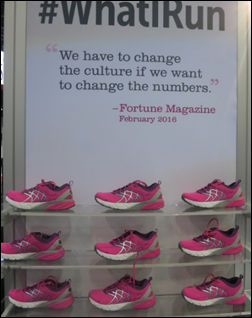
Edifecs had a “What I Run” campaign that supports women, including offering a female-only event going on tonight.

It is comforting to know that should one of us attendees or exhibitors be stricken, there’s a clinician-staffed hospital right there on the show floor. Either that or we could get a makeover while awaiting the arrival of actual clinicians.

Intelligent Medical Objects has this cool coding timeline thing going on, where visitors were invited to record a notable health IT event on a sticky note and place it in its proper time location. People were really getting into it.

Then there’s this, wherein I reward slightly off-color behavior by unavoidably providing a link to those exhibiting it (pun intended).
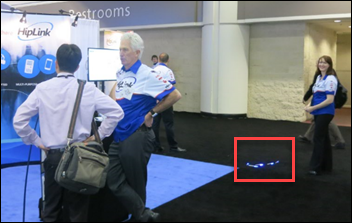
The HipLink people were fun, as evidenced by the one on the right who used a stack of flashing pens to create a runway-like arrow leading into their booth. Her self-satisfaction is evident.
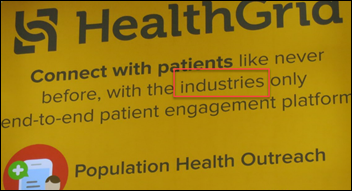
The trouble with spell-check is that any version of a word’s correct spelling gets the green light, even when (as in this case) it is spelled very, very wrong for the context in which it was used. This is a big mistake (literally, since it is looming large over the exhibit hall floor).
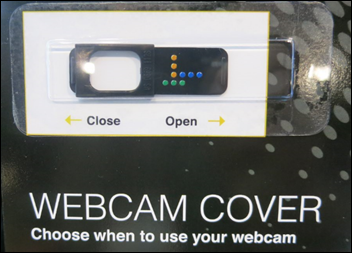
This is a smart giveaway from PerfectServe.

I asked the personable Zebu rep if I could take a photo of his cool, color-coordinated shoes. He obliged by slipping one off to give me a better angle.
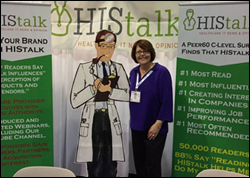
Industry long-timer and WebPT CEO Nancy Ham held court in our booth, offering advice to women interested in career development or mentoring.
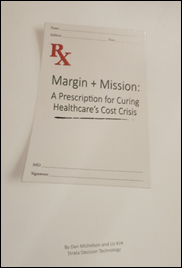
Strata Decision Technology is giving away this book, which looks very good. I’ll read it after the conference,
I bought some extra tickets to Bistro HIMSS, so I had lunch there today. It was pretty good and it was nice to escape the chaos, choose fresh food from a decent buffet, and enjoy a semi-quiet moment at a table and chair without being stink-eyed by would-be diners who can’t find anywhere to sit and silently implore you to get up and eat your dessert on the way out the door so they can slide in. Today it was cowboy steak, yellow rice, fresh vegetables, tortellini, rolls, and a few dessert items. Even the iced tea was pretty good.
I should mention that my frequent gripes about HIMSS that usually involve their juggernaut-like domination, cozy vendor financial relationships, and vendor-shilling and questionably knowledgeable media group, they really know how to make a conference run like a Swiss watch.
Random booth observations:
- I saw a quick, over-the-shoulder demo of Meditech’s Web EHR. Apparently they re-built the LSS ambulatory product into an entirely new Web Ambulatory, while other 6.1 modules got a high-tech facelift to give a consistent presentation. I had to circle their booth three times each during three separate visits to finally get someone to make eye contact, but the guy who finally greeted me was friendly even though my enthusiasm had diminished considerably by then.
- I had a fun talk with someone at the InstaMed booth about patient payments in the era of high-deductible plans that push more of the payment burden on them (and more of the collection burden on providers).
- Arcadia Healthcare Solutions gave me an overview of their data aggregation, transformation, and analytics.
- I saw a demo of Spok Care Connect, which greatly broadens the old Amcom Smart Web paging console product into a complete solution for secure communications, alarm notifications, critical lab value alerts, etc.
- I saw a short overview of the Qvera visual interface engine, which is free to use on a limited scale.
- I talked to a rep who predicted that Wednesday morning will be quieter and more deliberate as decision-makers emerge from the shadows to take a deeper look into products that they or their underlings have seen. The rep also said that Wednesday afternoon will be crazy since that’s like a vendor version of “Supermarket Sweep” as they all run around chucking cards at each other in hoping to explore partnerships or other B2B opportunities.

Vince Ciotti chose an interesting HIMSS badge.
Epic will enhance its MASS patient scheduling system, being tested by the VA in a $624 million contract, to allow disabled veterans to schedule appointments using Nuance-powered speech instructions.
Salesforce will integrate patient-generated data into its CRM and Health Cloud using Validic-powered integration.
Jvion, which offers a predictive engine, acquires the healthcare practice of competitor Predixion.
HIStalkapalooza
I heard the event was pretty fun, although I didn’t see most of it other than the band (which was as amazing as I expected). I had a little plate of food and that was fine, especially since the HOB’s house salad is one of my favorite things ever. I enjoyed spending private time backstage with Judy Faulkner and Andy Slavitt.

The House of Blues people said they were getting calls all week from people hoping to score a ticket to the event, which is funny since HOB had nothing to do with ticketing. We also had a few folks (tourists, I assume) who heard Party on the Moon rocking it out and tried unsuccessfully to sweet talk their way in. HOB said it had to be the hottest ticket in Orlando this week based on the constant inquiries they were receiving.
I hope to have photos and videos from our photographers soon. Meanwhile, here are a few shots sent over by attendees.






Nordic quickly put together a great teaser video of the event, to be followed shortly by a longer and more fully edited one. This one is really good, and it’s fun to hear Party on the Moon playing live from last night. Note in the video the Nordic-emblazoned ties they had made for the House of Blues Servers. I talked to two of the females who were wearing jauntily them around their heads “Karate Kid” style as their own form of flair, while I overheard one of the guys telling his co-worker (not sarcastically) that he loves his tie and wishes he could wear it to work at HOB every day.

Here’s how the finale looked from the stage, as captured by the band at 11 p.m. I expect there were some aching heads and feet in the convention center today. A lot of the behind-the-scenes HIStalkapalooza work is frustrating, annoying, and demanding, but I absolutely love watching people dancing joyfully and interacting with the band. My view of HIStalk is sitting alone in an empty room filling up an empty screen every day, so seeing people come together is the best part of the year. I’m most overjoyed when I see someone who is tentatively lingering just off the dance floor for the first few songs trying to overcome their fears, then tentatively yielding to POTM’s exhortations to get out there with the group and move in whatever way feels good to them. I see that moment of child-like rapture and human connection from a normally restrained healthcare IT person and it is magical. It’s hokey, but I feel like I helped them, in some small way, regain the freedom and lack of self-consciousness that they might have otherwise forgotten they ever had. I was proud of every dancer out there.
These photos just started arriving from our photographer:







Thanks to our hosts Barry Wightman, Julie Yoo, and Bonny Roberts. A couple of folks from Optimum Health IT spent forever getting the red carpet background assembled, then joined their co-workers in managing the check-in process. Brianne, Aly, Heidi, and Camille were all over the venue putting out fires. Lorre arranged the entire event and managed a maddening onslaught of issues that didn’t stop until about the time Party on the Moon started playing – I could see her glazing over from mental and physical exhaustion as well as hypoglycemia after a super-long day in which she had eaten only one early-morning banana due to lack of time.

Thanks to our special guests Judy Faulkner, Andy Slavitt, and John Halamka.
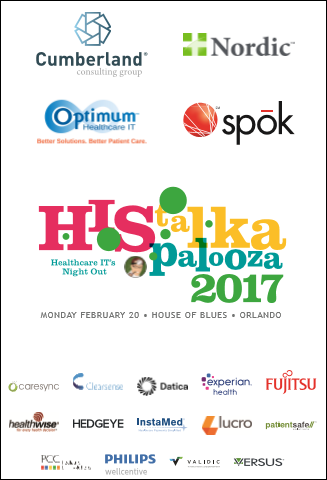
And of course, thanks to the sponsors who made this tenth and final HIStalkapalooza possible. Some of them are pledging their support and encouraging me to do it again at HIMSS18, but I’m not enthusiastic about it. It’s a lot of work, involves huge financial risk, and carries high opportunity cost without any real benefit except to attendees. Maybe I will re-engineer it into a different format that I can manage more easily.
Here are the HISsies winners as shown on stage Monday evening. I was sorry that Neal Patterson of Cerner declined to attend, but he’s not big on lifetime achievement awards, he said, since his work is a long way from complete.


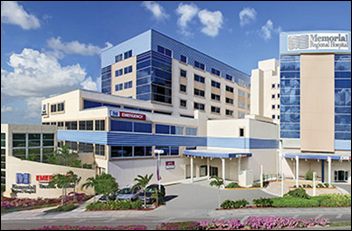
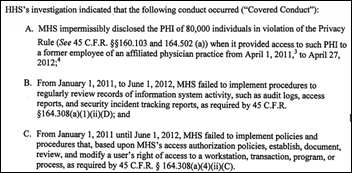

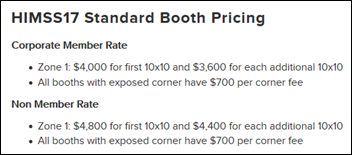
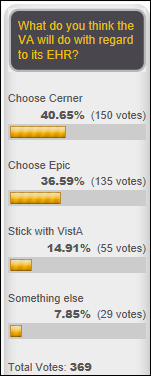



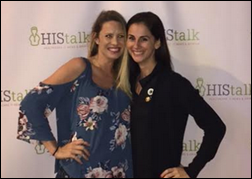
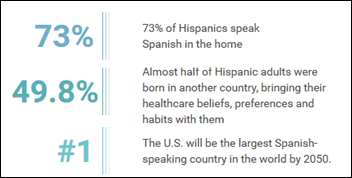
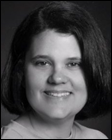
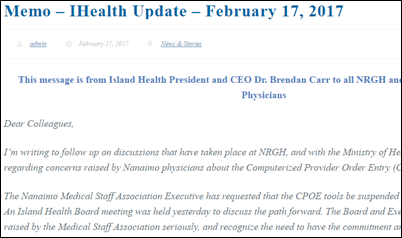
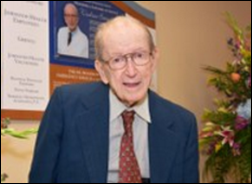




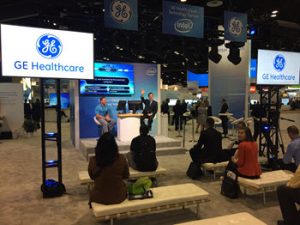










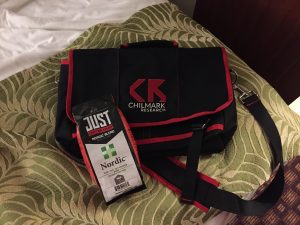


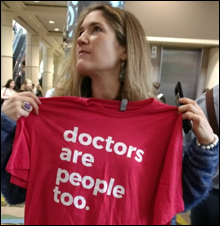


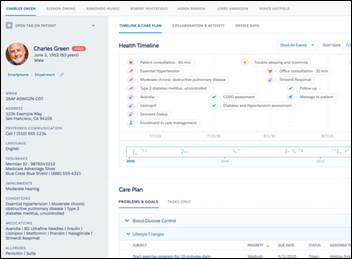


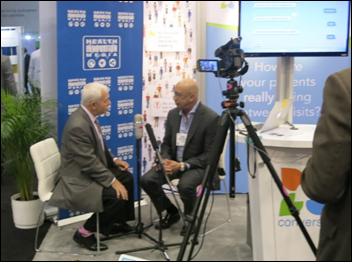



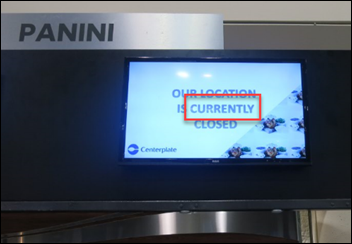


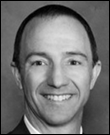



















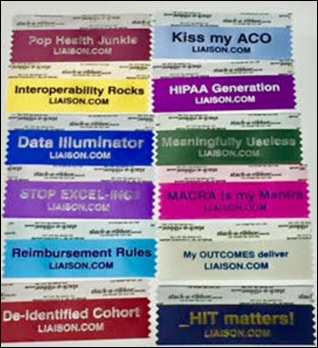
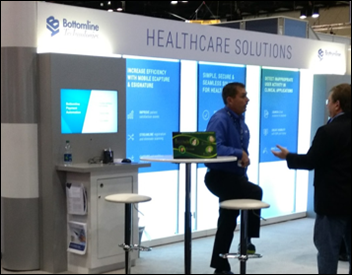





































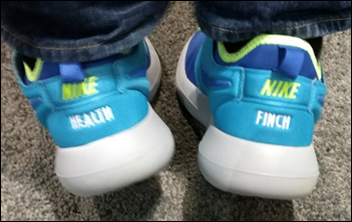

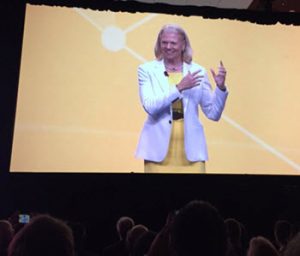






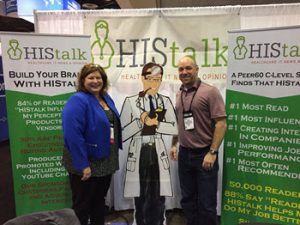




















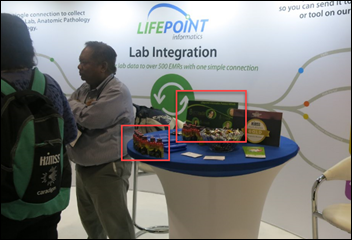

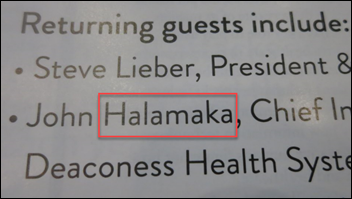





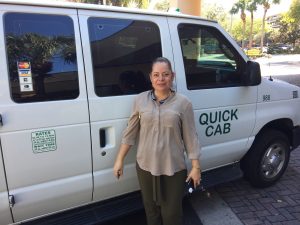










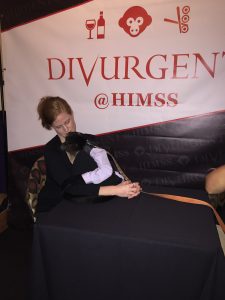







"A valid concern..." Oh please. Everyone picks the software they like and the origin of that software is an afterthought.…